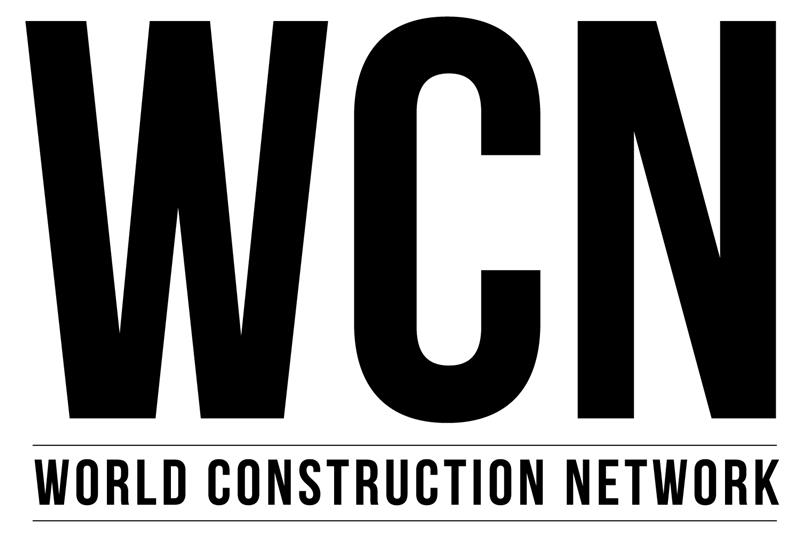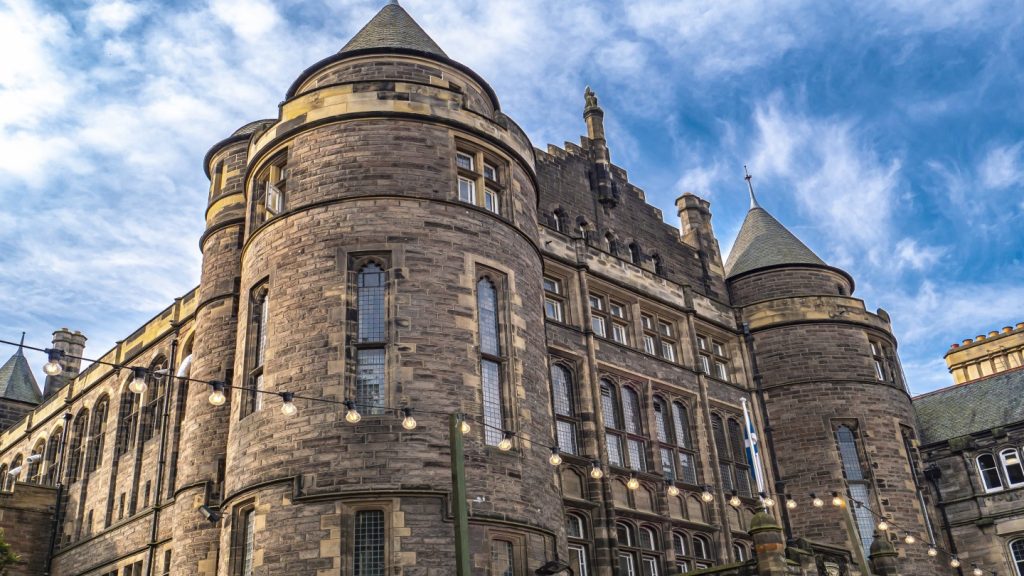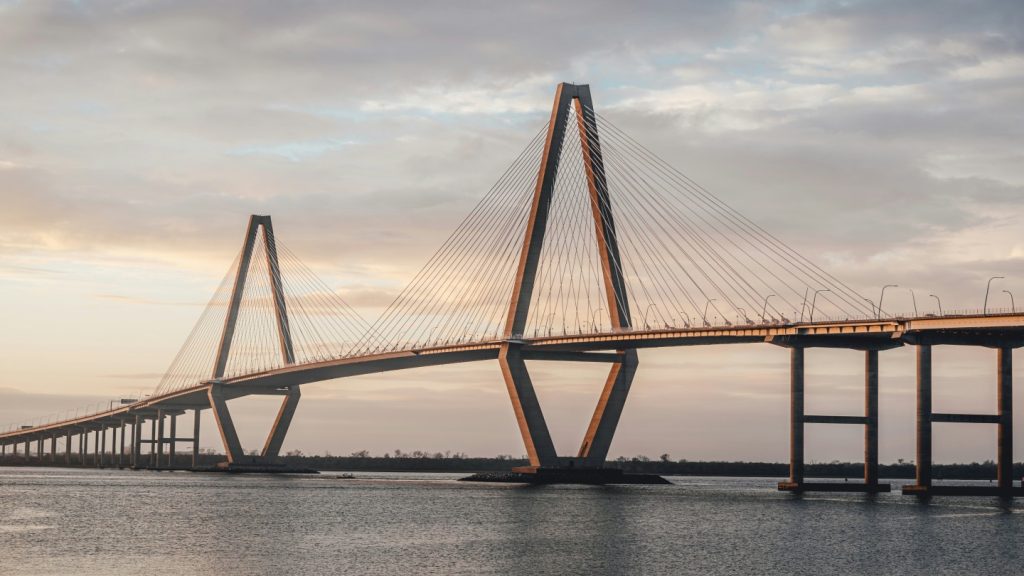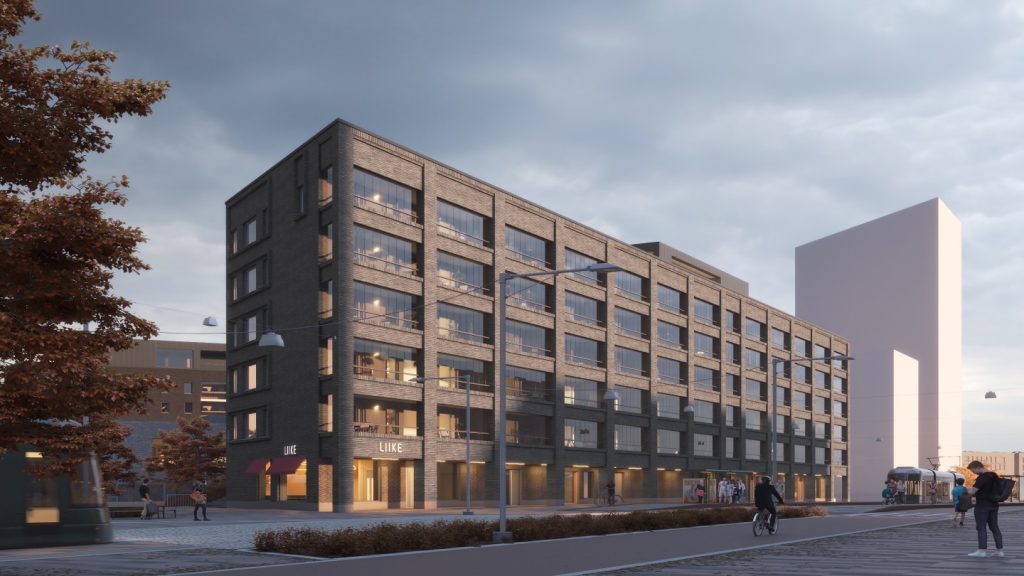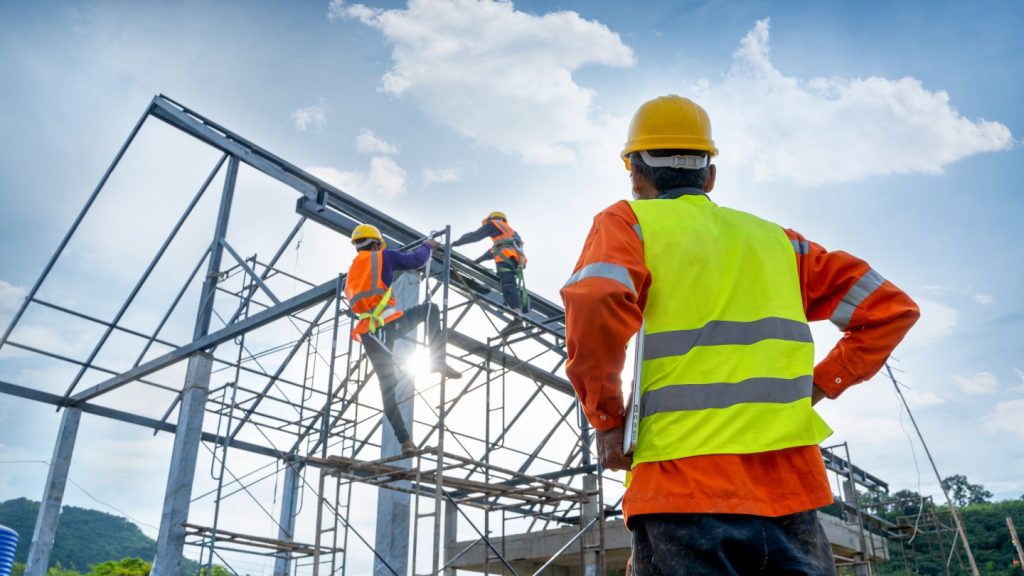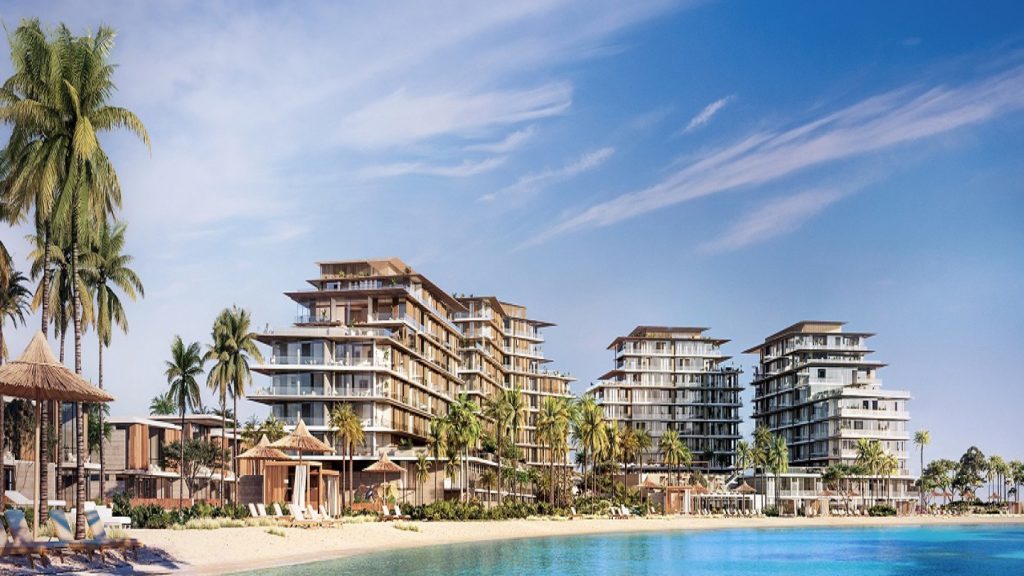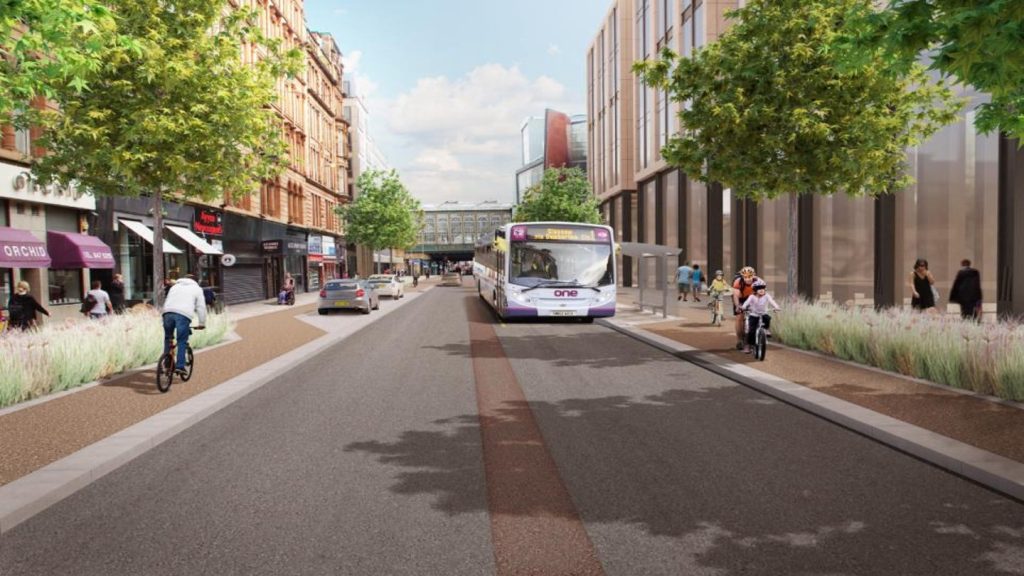Indian Finance Minister Nirmala Sitharaman presented the country’s financial year (FY) 2024-2025 (April 2024 to March 2025) Interim Union Budget on 1 February 2024. As part of the latest budget, the government announced that the total expenditure in the next financial year is estimated to be Rs47.7tn ($580.7bn). Of the total, the outlay for capital expenditure has been increased by 11.1%, to Rs11.1tn ($135.4bn) in FY 2024-2025; this is equivalent to 3.4% of the country’s GDP. The largest portion of the capital expenditure – equivalent to 24.5% or Rs2.7tn ($33.2bn) – has been allocated to the Ministry of Road Transport and Highways (MoRTH); this is followed by an allocation of Rs2.5tn ($30.7bn) to the Ministry of Railways, Rs857.2bn ($10.4bn) to the Ministry of Communications, Rs286.3bn ($3.5bn) to the Ministry of Housing and Urban Affairs, and Rs154nn ($1.9bn) to the Ministry of Petroleum and Natural Gas.
The government increased its allocation to the MoRTH by 2.8% in the FY 2024-2025 Budget. Higher budgetary allocations will help the ministry in developing more highways and expressways, amid difficulties such as rising interest rates and increasing land acquisition costs. The government had set a target of building 13,000km of highways in FY 2022-2023 and 13,800km in FY 2023-2024; this target was however affected by unfavourable weather conditions and elections in several states. MoRTH is likely to complete the construction of 11,000km of national highways in FY 2023-2024, after constructing 10,993km of highways in the previous financial year. Of the total allocation earmarked for MoRTH, the government allocated Rs1.7tn ($20.5bn) to the National Highways Authority of India (NHAI); this marks an increase of 3.9% compared to an allocation of Rs1.6tn ($19.2bn) in FY 2023-2024.
As part of the latest budget, Ms Sitharaman highlighted certain initiatives and programs undertaken by Prime Minister Narendra Modi’s government over the last ten years. The government had taken long strides towards the ‘Atmanirbhar Bharat’ mission, committed to ‘Panch Pran’, and had laid solid foundations for the ‘Amrit Kaal’. Development programmes, such as ‘Housing for All’, ‘Har Ghar Jal’, and ‘Electricity for All’ have benefitted households across the nation. The ‘Atmanirbhar Bharat’ mission was started by the Indian Government in May 2020, towards making the nation self-reliant; the five pillars of the mission are economy, infrastructure, system, vibrant demography, and demand. Previously in 2021, Modi unveiled a roadmap for the country for the next 25 years and termed it as 'Amrit Kaal'. The “Panch Pran” (or the five fundamentals) of the Amrit Kaal include the goal of developing India, eliminating any trace of the colonial mindset, honouring the nation's roots, developing unity, and developing a sense of duty amongst citizens.
Despite the challenges of Covid, the government continued to implement the ‘Pradhan Mantri Awas Yojana (PMAY - Grameen)’ initiative and is close to achieving its target of building 30 million houses under the rural housing scheme. The government further announced that the construction of an additional 20 million houses will be taken up in the next five years to meet the rising demand. The government also announced that it would launch a scheme to help certain sections of the middle class living in rented homes, slums, or chawls and unauthorised colonies buy or build their own houses. As part of the latest budget, the government increased its allocation to the PMAY by 1.4%, from Rs795.9bn ($9.7bn) in FY 2023-2024 to Rs806.7bn ($9.8bn) in FY2024-2025.
The government is focused on achieving its target of cutting carbon emissions to net zero by 2070. To achieve this goal, the government had announced that it will provide viability gap funding for harnessing offshore wind energy potential, for an initial capacity of 1GW. It will also set up a coal gasification and liquefaction capacity of 100 metric tonnes by 2030; this will help in reducing imports of natural gas, methanol, and ammonia. The government will also expand and strengthen the e-vehicle ecosystem by supporting manufacturing and charging infrastructure. Other initiatives announced in the latest budget that will attract investments towards the country’s construction industry include encouraging states to develop iconic tourist centres, providing long-term interest-free loans to states to encourage tourism development, implementing projects for port connectivity and tourism infrastructure on the nation’s islands, expanding existing airports and developing new airports under the ‘Ude Desh ka Aam Nagarik’ (UDAN) scheme, promoting urban transformation via Metro Rail and NaMo Bharat, and implementing three major economic railway corridor programmes – energy, mineral and cement corridors, port connectivity corridors, and high traffic density corridors – to improve logistics efficiency and reduce logistics cost.
The interim budget will support overall growth in the Indian construction industry, with GlobalData expecting the industry to grow by 5.3% in 2024 and register an annual average growth of 6.1% in 2025-2028.
